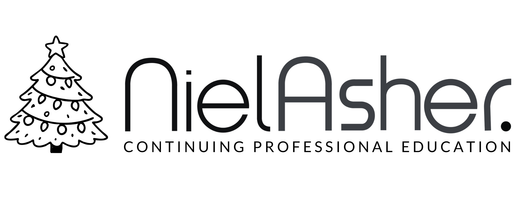Unlock the Secrets of Your Pelvic Floor: The Foundation for Health and Vitality

Introduction
-
Anatomy and Function of the Pelvic Floor Muscles
- Maintaining continence by controlling the release of urine, feces, and gas
- Supporting posture and spinal stability
- Facilitating childbirth in women
- Enhancing sexual function in both men and women
-
Common Pelvic Floor Disorders
- Pelvic organ prolapse: This occurs when the pelvic floor muscles weaken, causing one or more pelvic organs to descend and press against the vaginal or rectal wall.
- Urinary incontinence: Weak pelvic floor muscles can lead to involuntary urine leakage, especially during activities that put pressure on the bladder, such as coughing, sneezing, or exercising.
- Fecal incontinence: This can result from weak pelvic floor muscles, leading to difficulty controlling bowel movements and gas.
- Dyspareunia: Painful intercourse may be the result of tight or weak pelvic floor muscles.
-
Tips for Maintaining a Healthy Pelvic Floor
- Pelvic floor exercises (Kegels): Regularly practicing these exercises can strengthen the pelvic floor muscles, enhance bladder and bowel control, and improve sexual function.
- Maintaining a healthy weight: Excess weight can put extra pressure on the pelvic floor muscles, potentially leading to pelvic floor dysfunction.
- Avoiding constipation: Straining during bowel movements can weaken the pelvic floor muscles. A fiber-rich diet and regular physical activity can help prevent constipation.
- Practicing proper lifting techniques: Lifting heavy objects improperly can strain the pelvic floor muscles. Engage your core muscles and lift with your legs to reduce pressure on the pelvic floor.
- Seeking professional guidance: If you're unsure about the state of your pelvic floor muscles or are experiencing symptoms of pelvic floor dysfunction, consult with a healthcare professional who specializes in pelvic floor health.
Conclusion
The pelvic floor muscles play a critical role in our overall health and well-being. Understanding their importance and learning how to care for them can significantly improve your quality of life. Take the time to become familiar with your pelvic floor muscles and incorporate the above tips into your daily routine to build a strong foundation for your body.About Niel Asher Education
Niel Asher Education (NAT Global Campus) is a globally recognised provider of high-quality professional learning for hands-on health and movement practitioners. Through an extensive catalogue of expert-led online courses, NAT delivers continuing education for massage therapists, supporting both newly qualified and highly experienced professionals with practical, clinically relevant training designed for real-world practice.
Beyond massage therapy, Niel Asher Education offers comprehensive continuing education for physical therapists, continuing education for athletic trainers, continuing education for chiropractors, and continuing education for rehabilitation professionals working across a wide range of clinical, sports, and wellness environments. Courses span manual therapy, movement, rehabilitation, pain management, integrative therapies, and practitioner self-care, with content presented by respected educators and clinicians from around the world.
Known for its high production values and practitioner-focused approach, Niel Asher Education emphasises clarity, practical application, and professional integrity. Its online learning model allows practitioners to study at their own pace while earning recognised certificates and maintaining ongoing professional development requirements, making continuing education accessible regardless of location or schedule.
Through partnerships with leading educational platforms and organisations worldwide, Niel Asher Education continues to expand access to trusted, high-quality continuing education for massage therapists, continuing education for physical therapists, continuing education for athletic trainers, continuing education for chiropractors, and continuing education for rehabilitation professionals, supporting lifelong learning and professional excellence across the global therapy community.

Continuing Professional Education
Looking for Massage Therapy CEUs, PT and ATC continuing education, chiropractic CE, or advanced manual therapy training? Explore our evidence-based online courses designed for hands-on professionals.


















